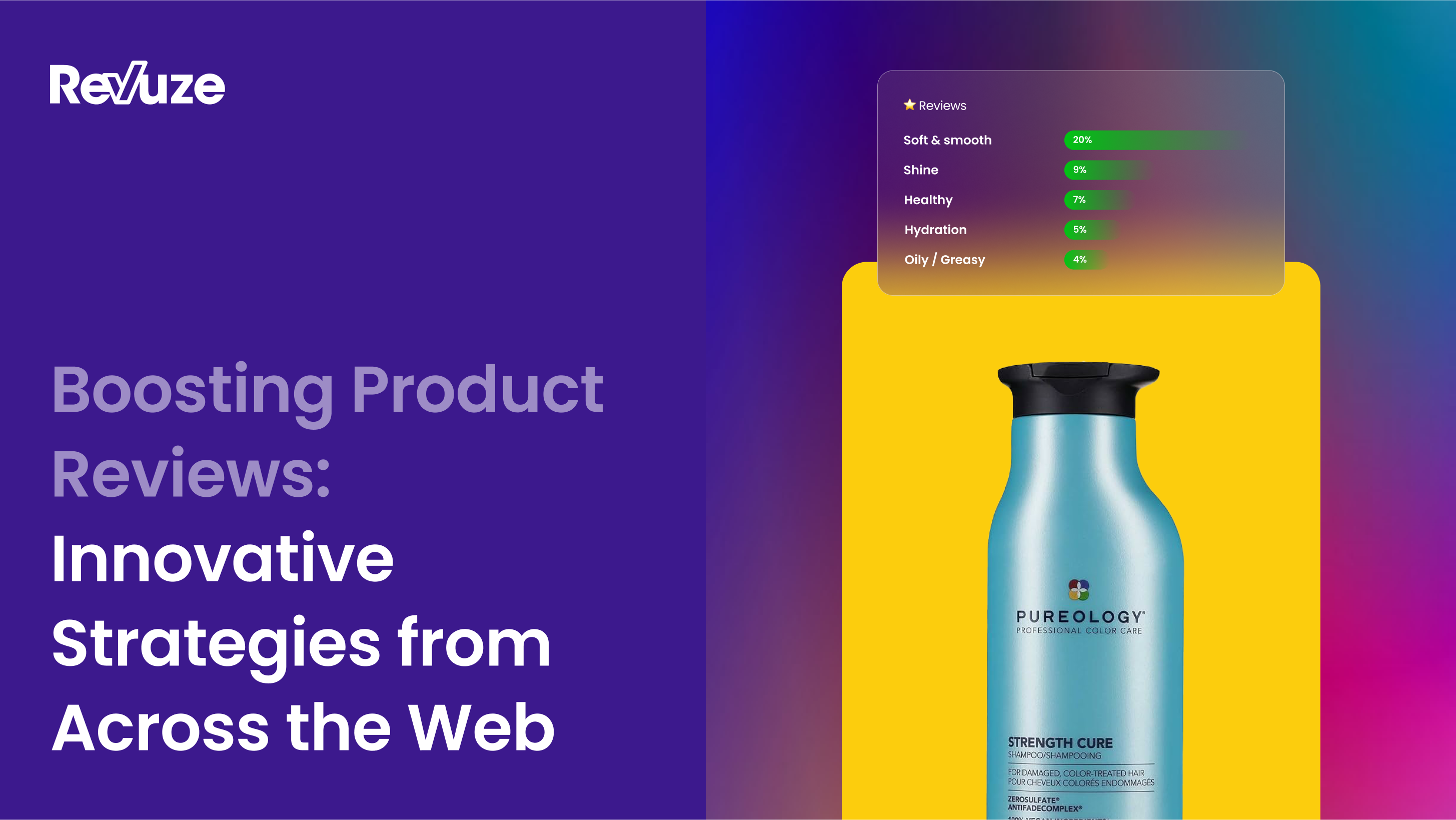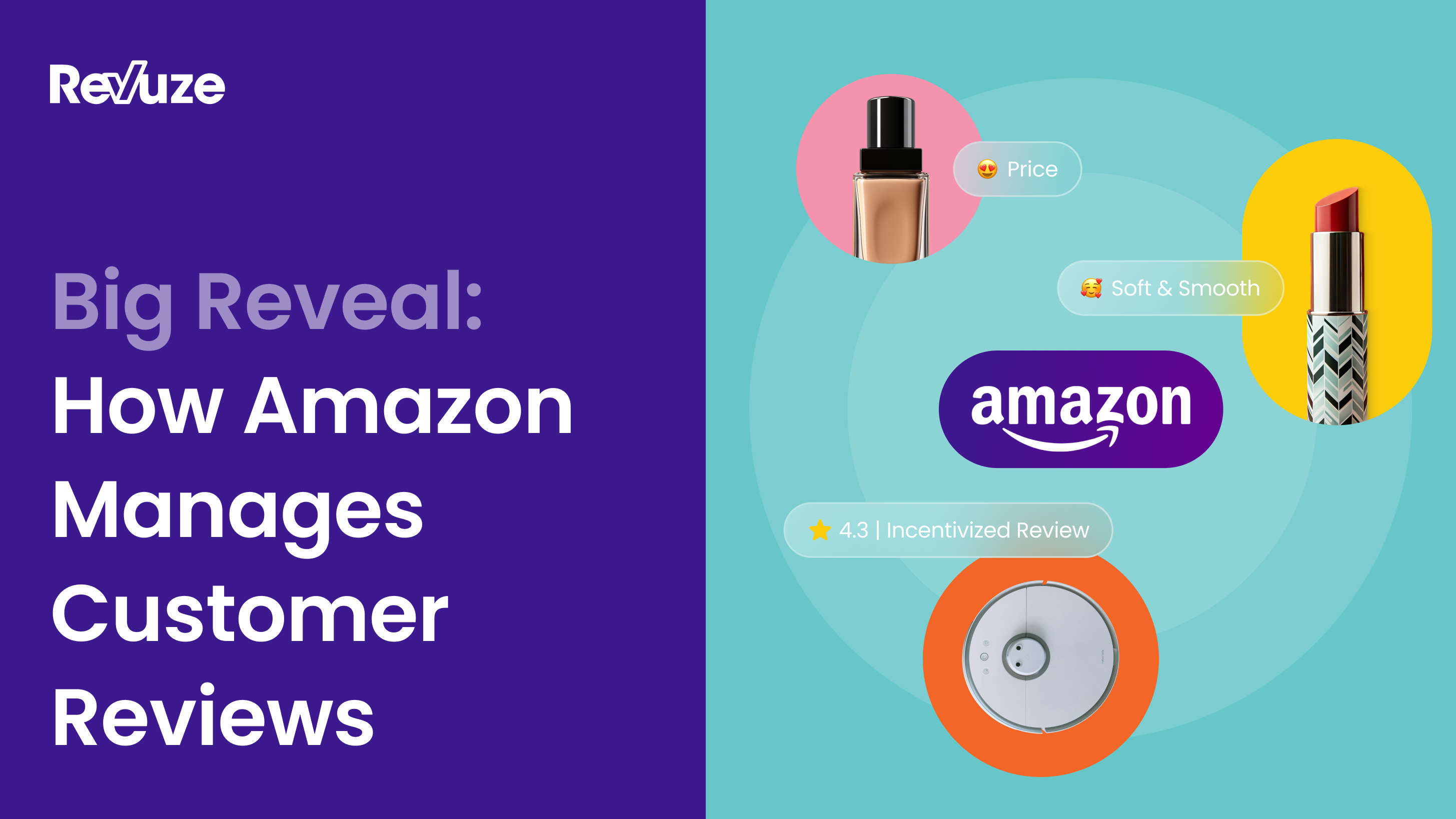
How are you accessing VoC?
If you’re like most brands out there, you’re probably using a combination of survey/focus groups, social listening, and review syndication.
Ever thought about the other data set waiting to be mined? Online reviews from verified buyers.
For some companies it’s the third rail. They are so overwhelmed, they don’t even know where to begin and ultimately do nothing. Others are brave, venturing to take it on manually or attempt to build a system of their own without success. With consumer trends changing at light speed, you can’t afford not to look at online review analytics. This data is vital since it’s the only dataset with a direct correlation to sales and impacts buyer decisions. Keep in mind that organic reviews are completely unbiased and provide qualitative data about your brand and products.
Here we will delve into why online review analytics can support strategic decision-making and buyer-based decisions for your brand and why a third-party system powered by generative AI, like Revuze is the way to go.
The Data Set
So let’s tackle the first challenge. The data set is HUGE!
There can be thousands of reviews on one site for one product! Multiply that by all the online retailers, Amazon, Macy’s, Target, Walmart, and all the products. The sites I mentioned are just in the US. Now think about all the global Amazon sites, Boot’s, Marks & Spencer, and others.
That’s a whole lot of data! How do you begin aggregating the data?
Data Collection and Other Challenges
Given the amount of consumer review data from online retailers, the first challenge is to collect it.
Some companies have staff cutting and pasting the reviews into complicated Excel spreadsheets. It’s not so practical given the number of reviews out there and of course there are new ones added every day. Manual work also increases the chances of human error which can impact crucial calculations like consumer sentiment. Trend detection is challenging when dealing with these quantities of data as well.
For example, let’s focus on one product that may have 20,000 reviews. How can they be read and analyzed to identify trends? It’s impossible.
Others have tried to create their own in-house solution. They realize it’s a no-go very quickly.
Why, you ask?
There are a number of reasons. Many online retailers actually update the backend of their site to prevent crawlers from taking their data.
Another issue are the types of reviews, organic and incentivized. Incentivized reviews are when consumers get some form of promotion to write a review as in the screenshot below. Every retailer labels these reviews differently. Others don’t label them at all. Plus you can easily have the data set filled with duplicate reviews from the syndication.
This review from Target, clearly highlights that it is syndicated with the phrase “originally posted on influenster.com”.
Incentivized and syndicated reviews at least represent authentic data. However, can humans easily detect fake reviews? Can they identify the key markers and remove it from the data set to ensure that it doesn’t impact numbers?
What you may not realize is that an important part of data collection is also cleansing. It’s categorizing the reviews, deduping, and just ensuring the highest quality of data. This is an arduous process that can’t be done manually either. Revuze’s platform actually does this entire process with generative AI and sophisticated machine learning algorithms.
Make the Voice of Customer Shine Through
After all of the data collection and cleansing, come the consumer insights and analysis. This supports decision-making for many teams: marketing, innovation, ecommerce.
One consumer review can have multiple opinions about different facets of the products and each opinion needs to be categorized by product topic. The 2 star review below for MAM pacifiers. This review has two opinions, one positive and the other less so. The mother discusses how she loved the product initially and gives a couple of clear reasons that can be classified into topics. She then goes on to detail a very negative experience with the product hurting her baby.
We opened by delving into the data set, which is Big Data. Following the cleansing process, every review for a specific product would have to be read, assessed, dissected, assigned a sentiment, and finally a topic.
The numbers will give you insights not only into the overall product sentiment but sentiment into topics that can make or break your product.
Category Insights
Many companies have their own internal data about their categories and product offerings around the world. There can be many regional differences within, like selling the same product everywhere under the same brand or using another name entirely for the same product.
To an extent insights teams have data about these products, the traditional methodologies, surveys, social listening, and review syndication. The challenge is to understand your products’ positioning across an entire category. That means diving into competitor data, which is largely absent.
You can’t answer questions like:
- What is my product’s share of discussion across the category?
- How does my consumer sentiment compare to my competitors?
- What are competitor weaknesses I can capitalize on right now?
- What are emerging competitors I should be monitoring?
Internal data while helpful is a very narrow and myopic view of the overall market.
Conclusion
To make strategic decisions, you need access to accurate and unbiased real-time data from verified buyers. Manual tracking of online reviews just doesn’t cut it, and you can’t afford to overlook incorporating this data to gain a complete picture of the landscape. Attempting to manage online reviews manually is a lost cause; the data collection, cleansing, and insight creation process is herculean and can only be achieved with generative AI and automation. Get on the offensive with your brand and empower yourself with the data you need to position your brand for domination. Learn more about how Revuze can support your strategic goals here.
 All
Articles
All
Articles Email
Analytics
Email
Analytics










 Agencies
Insights
Agencies
Insights